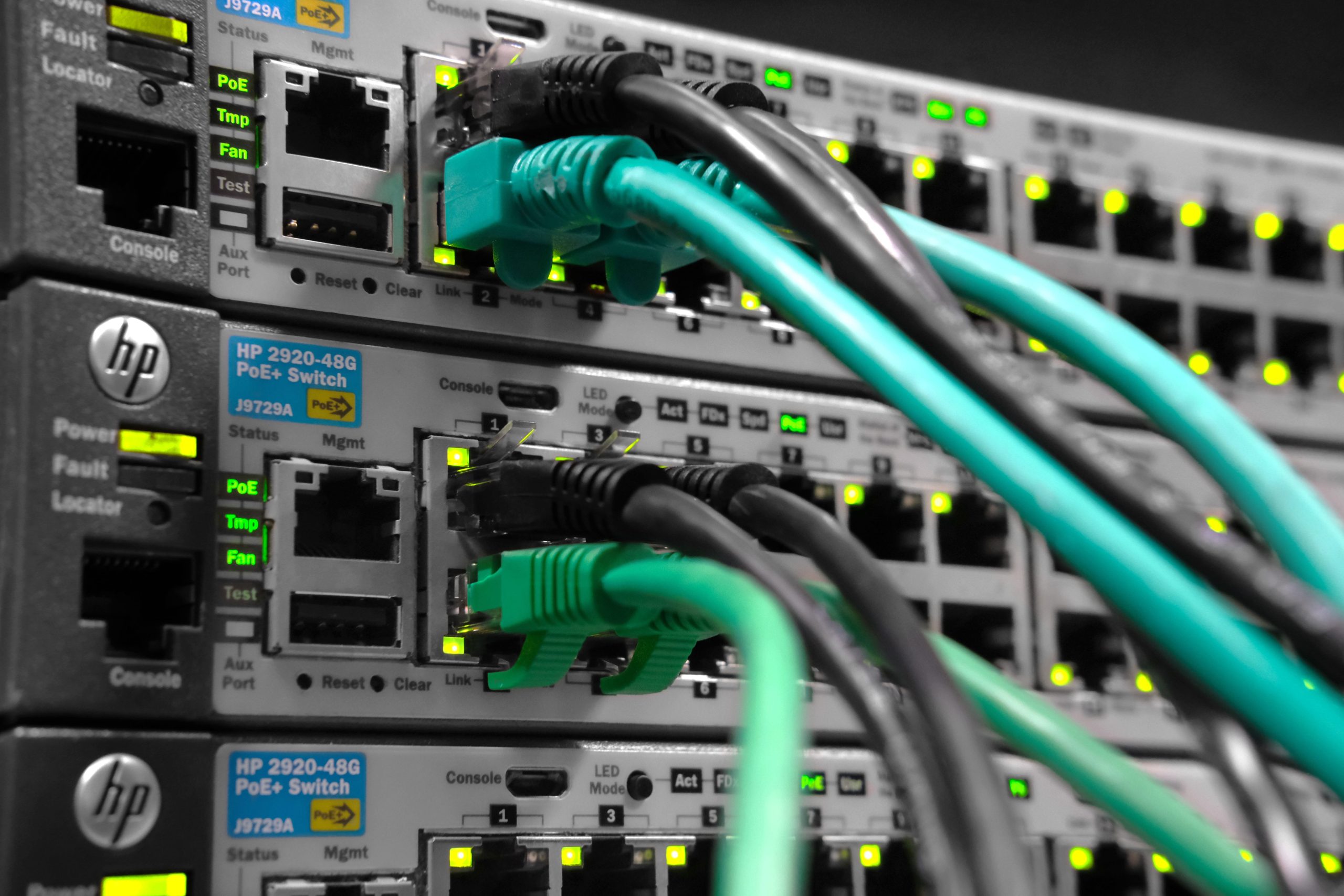
In today’s digital age, a reliable and fast internet connection is essential for both personal and professional use. Whether you’re streaming your favorite shows, working from home, or gaming online, having a strong WiFi signal can make all the difference. One of the most effective ways to enhance your WiFi coverage is by using Access Point devices. In this article, we will explore eight powerful devices that can significantly boost your WiFi performance, ensuring you stay connected wherever you are.
What is an Access Point?
An (AP) is a networking hardware device that allows wireless devices to connect to a wired network using WiFi. It acts as a bridge between the wired network and wireless clients, extending the range and improving the performance of your WiFi network are particularly useful in larger spaces where a single router may not provide adequate coverage.
Why Use Access Points?
Enhanced Coverage
One of the primary reasons to use to enhance WiFi coverage. In larger homes or office spaces, a single router may struggle to provide a strong signal throughout the area can be strategically placed to eliminate dead zones and ensure a consistent connection.
Improved Performance
Access points can also improve network performance. By distributing the load across multiple devices, you can reduce congestion and ensure that all users have access to a stable connection. This is especially important in environments with many connected devices.
Scalability
As your network grows, allow for easy scalability. You can add more access points to accommodate additional users or devices without needing to replace your existing infrastructure.
8 Powerful Devices for WiFi Boost
Now that we understand the importance of access points, let’s dive into eight powerful devices that can help you boost your WiFi signal.
1. Ubiquiti UniFi AP AC Pro
The Ubiquiti UniFi AP AC Pro is a top choice for both home and business users. With dual-band capabilities and a range of up to 400 feet, this access point can handle up to 200 concurrent users. Its sleek design and easy installation make it a favorite among tech enthusiasts.
2. TP-Link EAP245
The TP-Link EAP245 is an excellent option for those looking for a cost-effective solution. supports dual-band WiFi and offers a range of up to 200 feet. With its PoE (Power over Ethernet) support, installation is a breeze, and it can be managed through a user-friendly web interface.
3. Cisco WAP581
For businesses that require robust performance, the Cisco WAP581 is a powerful access point that supports up to 200 clients. With advanced security features and dual-band capabilities, it ensures a reliable connection for all users. Its sleek design also makes it an attractive addition to any office space.
4. NETGEAR WAC104
The NETGEAR WAC104 is a versatile access point that offers both wired and wireless connectivity options. With dual-band support and a range of up to 300 feet, it can handle multiple devices simultaneously. Its easy setup process and management features make it a great choice for home users.
5. EnGenius EAP1300
The EnGenius EAP1300 is designed for high-density environments, making it ideal for offices or public spaces. With dual-band support and a range of up to 300 feet, it can handle numerous connected devices without sacrificing performance. Its robust security features ensure that your network remains safe.
6. Aruba Instant On AP22
The Aruba Instant On AP22 is a powerful access point that offers excellent performance for small to medium-sized businesses. With dual-band capabilities and a range of up to 400 feet, it can support up to 100 clients simultaneously. Its cloud management features make it easy to monitor and manage your network.
7. Linksys LAPAC1750C
The Linksys LAPAC1750C is a high-performance access point that supports dual-band WiFi and offers a range of up to 300 feet. With its PoE support and easy setup process, it is an excellent choice for both home and business users. Its advanced security features ensure that your network remains protected.
8. TP-Link Omada EAP225
The TP-Link Omada EAP225 is a budget-friendly access point that doesn’t compromise on performance. With dual-band support and a range of up to 200 feet, it can handle multiple devices with ease. Its centralized management system allows for easy monitoring and configuration.
How to Choose the Right Access Point
When selecting an access point, consider the following factors:
Coverage Area
Determine the size of the area you need to cover. Larger spaces may require multiple access points to ensure a strong signal throughout.
Number of Users
Consider how many devices will be connected to the network. Some access points are designed to handle a higher number of concurrent users, making them more suitable for busy environments.
Budget
Access points come in a range of prices. Determine your budget and look for devices that offer the best performance within that range.
Features
Look for features that meet your specific needs, such as PoE support, advanced security options, and easy management interfaces.
Conclusion
Investing in powerful access point devices is a smart way to boost your WiFi performance and ensure a reliable connection throughout your home or office. With options like the Ubiquiti UniFi AP AC Pro and TP-Link EAP245, you can find the perfect solution to meet your needs. By enhancing your network coverage and performance, you’ll enjoy seamless connectivity for all your devices.
Don’t let poor WiFi signal hold you back. Explore the access point devices mentioned in this article and take the first step towards a stronger, more reliable internet connection today! Easily navigate our content from the homepage.
FAQ Section
1. What is the difference between a router and an access point?
A router connects multiple devices to the internet and manages traffic between them, while an access point extends the WiFi coverage of an existing network, allowing wireless devices to connect to a wired network.
2. Can I use multiple access points in my home?
Yes, using multiple access points can help eliminate dead zones and improve WiFi coverage throughout your home. Just ensure they are properly configured to work together.
3. How do I install an access point?
Most access points come with installation instructions. Generally, you’ll need to connect the device to your network via Ethernet, power it on, and configure it using a web interface or mobile app.
By following this guide, you can enhance your WiFi experience and enjoy seamless connectivity with the right access point devices.





